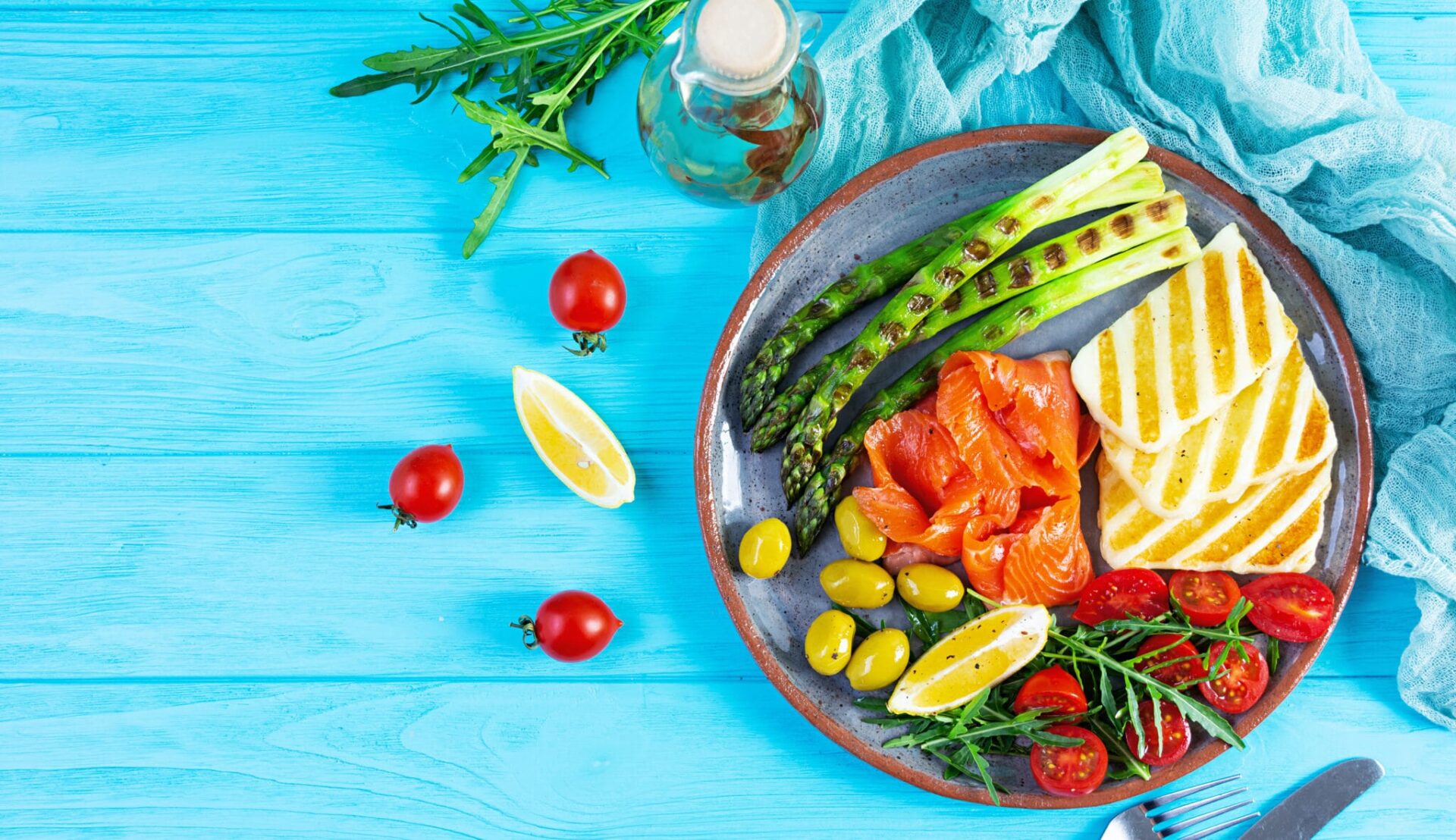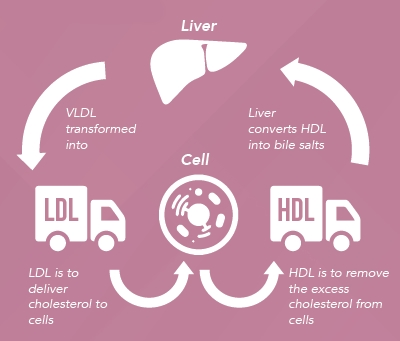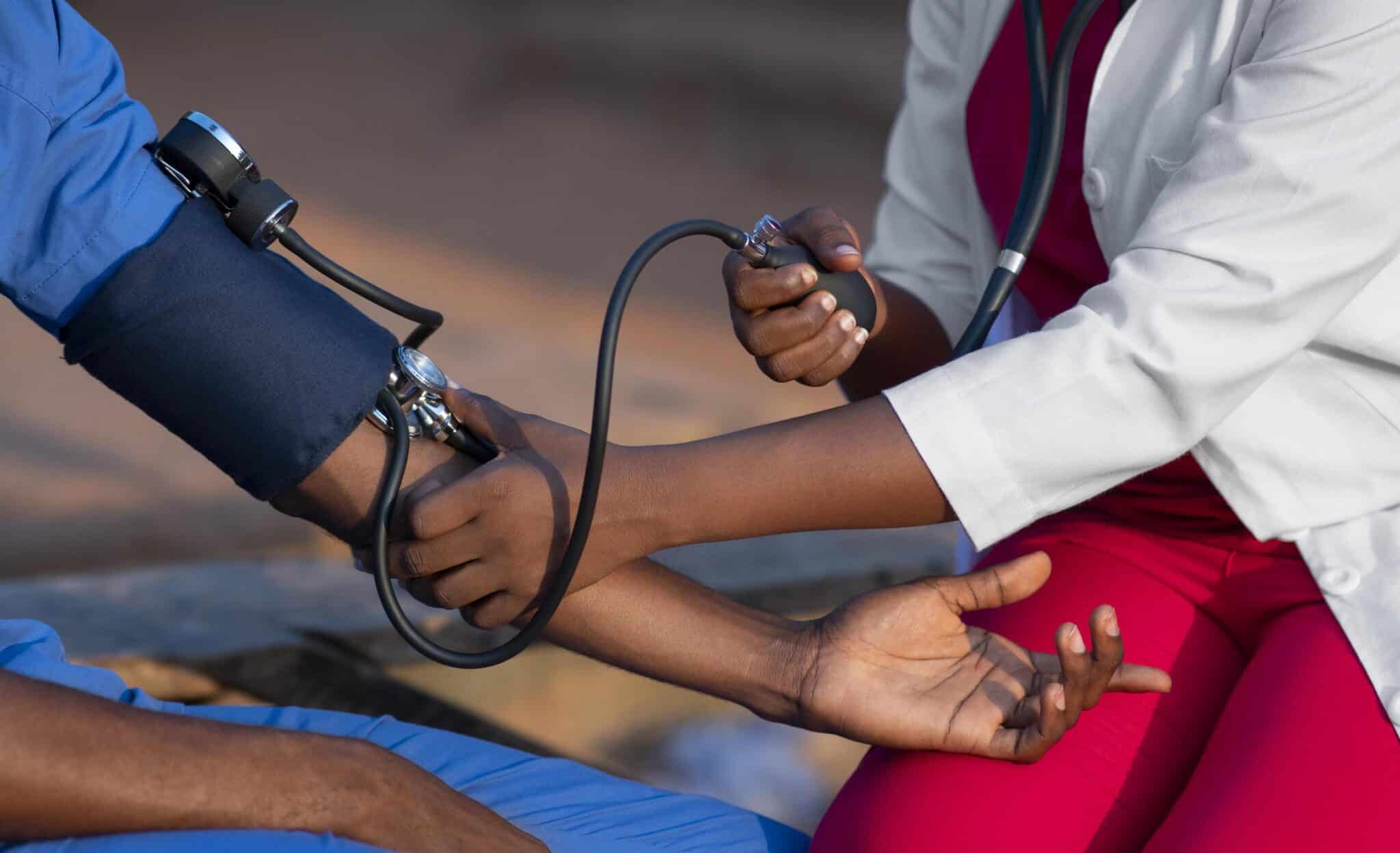Cholesterol

Contents
- What is high cholesterol (hypercholesterolemia)?
- Where does the cholesterol in our bodies come from?
- How is it transported in the body?
- Why do we need it?
- What are the risk factors for developing hypercholesterolemia?
- What are the different ways of measuring cholesterol
- What would we consider as safe blood cholesterol levels
- Examples of saturated fatty foods to avoid
- Examples of foods that lower cholesterol
- Treatment
WHAT IS HIGH CHOLESTEROL?
Hypercholesterolemia is a condition in which the amount of cholesterol in the blood exceeds normal values.
This may be due to genetic or lifestyle factors. If it is genetic, we refer to it as familial hypercholesterolemia.
WHERE DOES THE CHOLESTEROL IN OUR BODIES COME FROM?
It comes from the following two sources:
- Animal-based foods in our diets
- Production by the liver and cells
Plant-based foods, of course, do not contain cholesterol.
HOW IS IT TRANSPORTED IN THE BODY?

Low-density lipoprotein (LDL) carries most of the cholesterol that the bloodstream delivers to our cells. It is called the ‘bad’ cholesterol because when its level in the bloodstream is high, it can clog up your arteries. On the other hand, high-density lipoprotein (HDL) is called the ‘good’ cholesterol because it helps remove excess cholesterol from the cell.
Put another way; we consider LDL to be “bad cholesterol” while HDL is “good cholesterol”!
WHY DO WE NEED IT?
- Build the structure of cell membranes
- Make hormones like oestrogen and testosterone
- Help your metabolism work efficiently
- Produce vitamin D
- Produce bile acids, which help the body digest fat and absorb essential nutrients
If cholesterol has so many vital functions in the body, why should I eliminate it from my diet and worry about my cholesterol levels?
In contrast, excess cholesterol is harmful. Atherosclerosis, for example, is a condition by which the deposition of excess cholesterol (plaque) leads to the hardening and narrowing of artery walls. This process can severely narrow or even obstruct blood vessels, subsequently leading to heart attack and stroke.
WHAT ARE THE RISK FACTORS FOR DEVELOPING HIGH CHOLESTEROL?
- Being overweight
- Incorrect diet, rich in saturated fats
- Family history of hypercholesterolemia
- Excessive alcohol consumption
- Smoking
- Lack of exercise
- Stress
- Lack of fibre in the diet
WHAT ARE THE DIFFERENT WAYS OF MEASURING CHOLESTEROL?
Firstly, a finger prick test that will show the values for screening and follow-up purposes, ranging from total cholesterol only to a full cholesterol lipogram profile.
Secondly, a lipogram where clinicians draw blood and evaluate it in a laboratory. Health authorities recommend that high-risk individuals get a lipogram done at least once a year.
WHAT WOULD WE CONSIDER AS SAFE BLOOD CHOLESTEROL LEVELS?
Health authorities recommend that the levels should be less than 5 mmol per litre for total cholesterol and 3 mmol per litre for LDL cholesterol if there are no other risk factors present.
WHAT ARE THE GENERAL GUIDELINES TO MANAGE HYPERCHOLESTEROLEMIA AND REDUCE THE RISK FOR CARDIOVASCULAR DISEASE?
We can summarise the South African Heart Association’s guidelines for lifestyle modifications in this regard as follows:
- Stop smoking and avoid exposure to smoke
- Increase your physical activity
- Achieve and maintain an ideal body weight
- Reduce your intake of saturated fats,
- Increase your intake of soluble fibre
- Avoid refined carbohydrates and sugars
- Consume alcohol in moderation
- Avoid adding additional salt to food
- Monitor your cholesterol levels regularly
EXAMPLES OF SATURATED FATTY FOODS TO AVOID:
- Fatty or processed meats like salami and sausages
- Snack foods like chips
- Most takeaway foods, especially deep-fried foods
- Cakes, biscuits and pastries
EXAMPLES OF FOODS THAT LOWER CHOLESTEROL:
You can lower LDL cholesterol by consuming the following food types:
- Oats, legumes and chickpeas
- Garlic and onions
- Polyphenols found in apples
- Plant sterols (often incorporated into margarine these days)
TREATMENT
Diet and lifestyle changes alone are not enough for some people, as hypercholesterolemia often has a genetic component.
For these individuals, prescription medication such as statins may be required.
Most importantly, the treatment of hypercholesterolemia should have a multi-approach:
(1) prevention of the formation of new cholesterol on the vessel walls.
(2) removal of existing cholesterol.
(3) decrease the complications that occur with any cholesterol increase.
Related Brochures

blood-pressure
WHAT IS HIGH BLOOD PRESSURE OR HYPERTENSION?

cardiovascular-disease

hypertension
